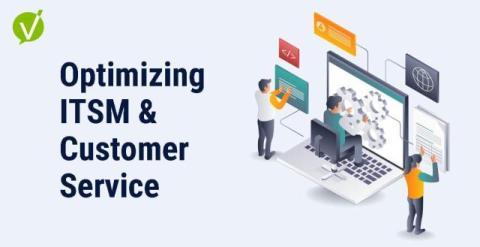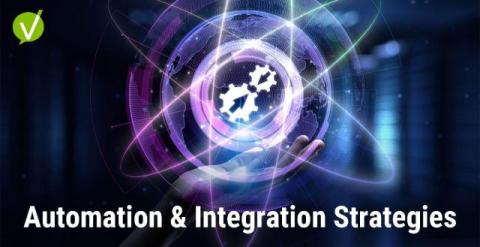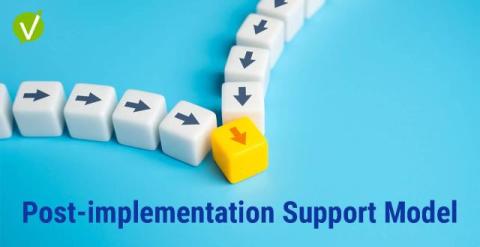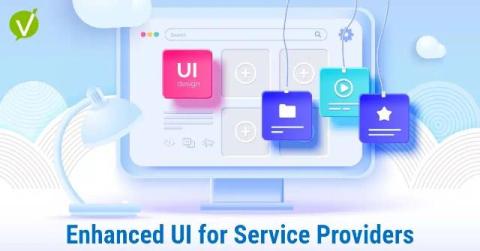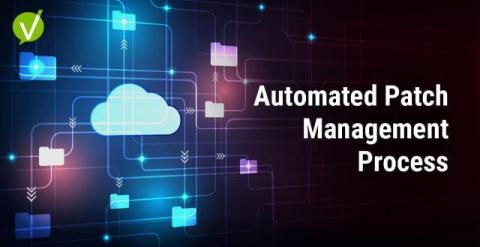Optimized ITSM & Customer Service for ISVs
Meet Emma, the founder of SoftEdge Solutions, a growing Independent Software Vendor (ISV). As her company expanded its client base, it became clear that delivering high-quality products wasn’t enough. Managing internal operations, addressing client service requests, and ensuring smooth software deployments became overwhelming for her team.


